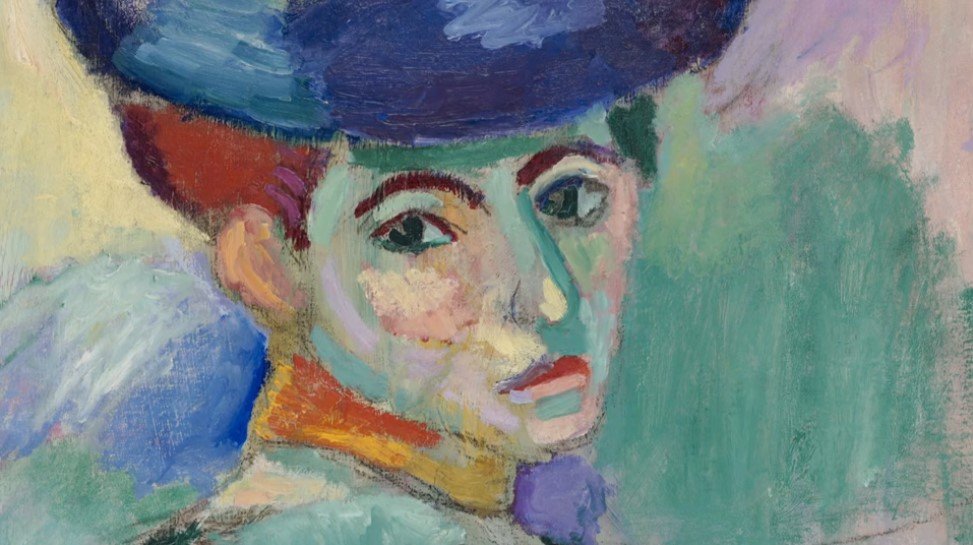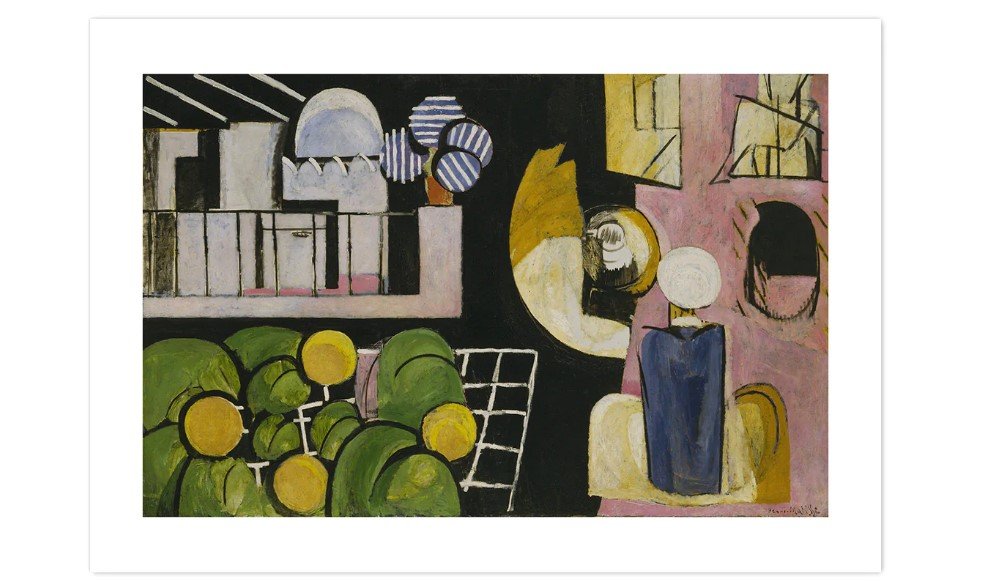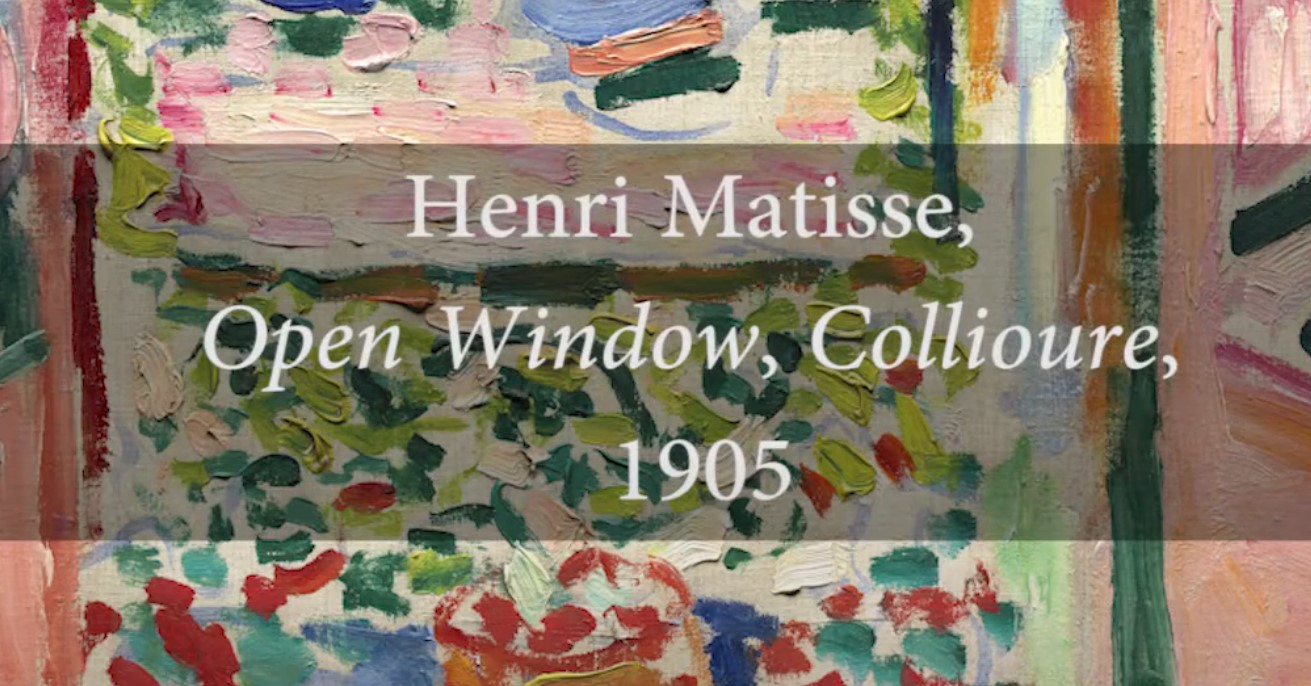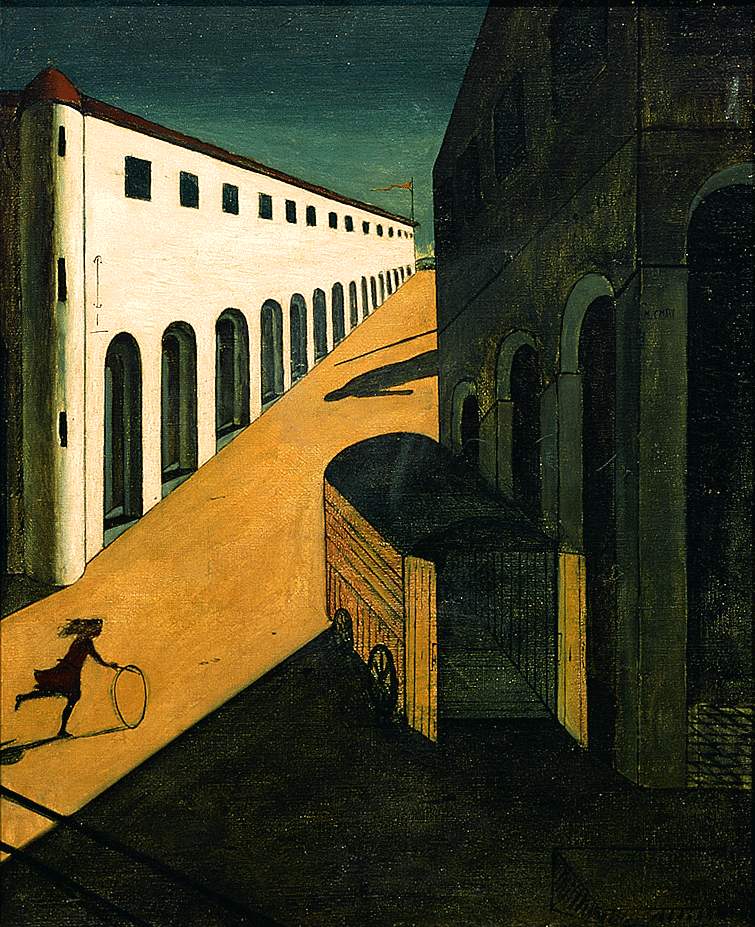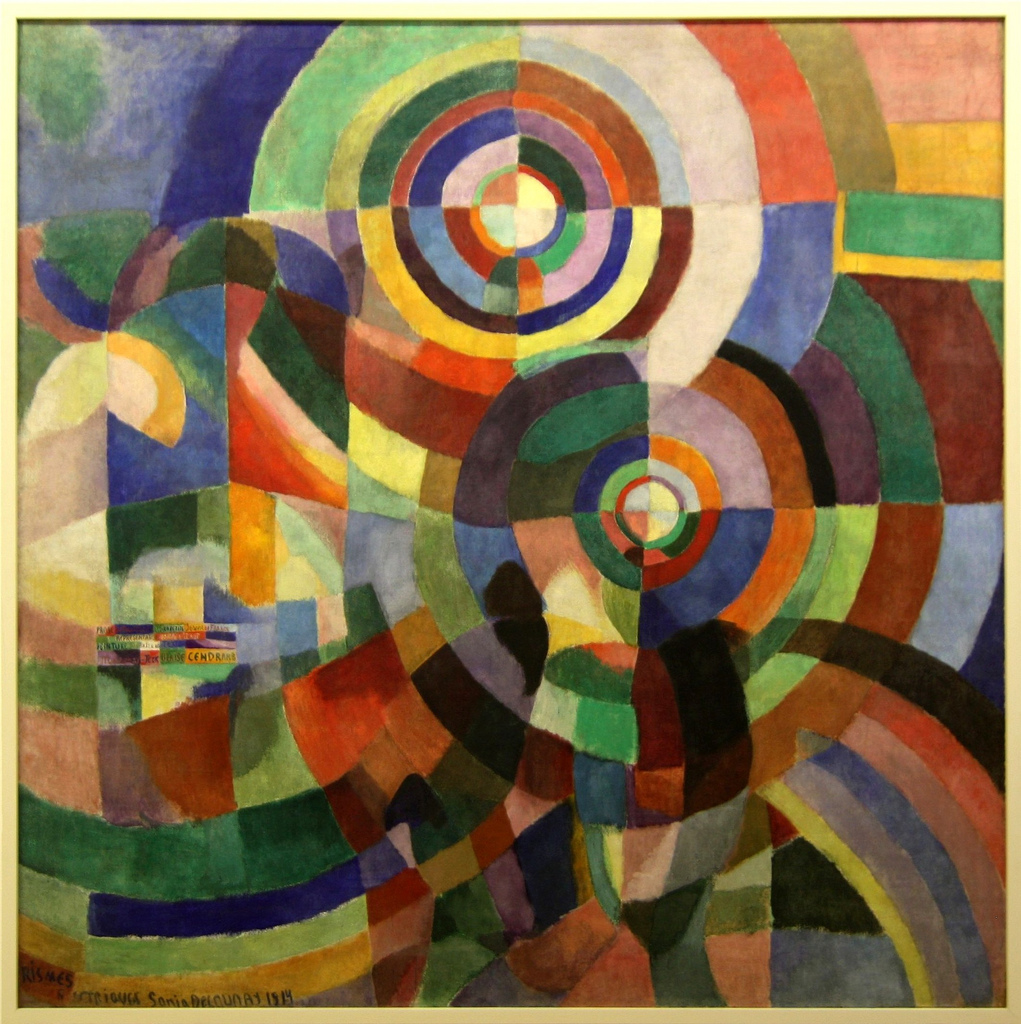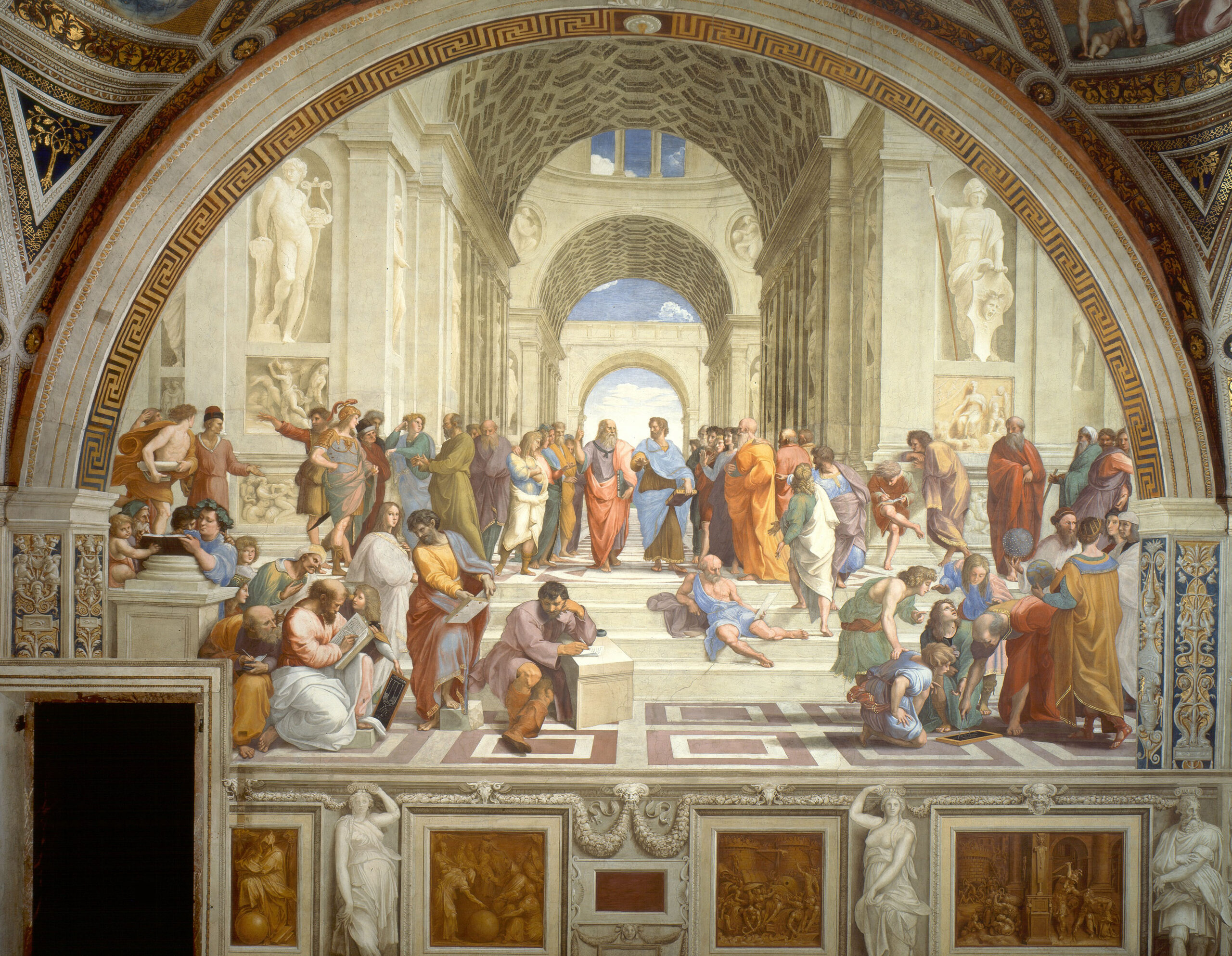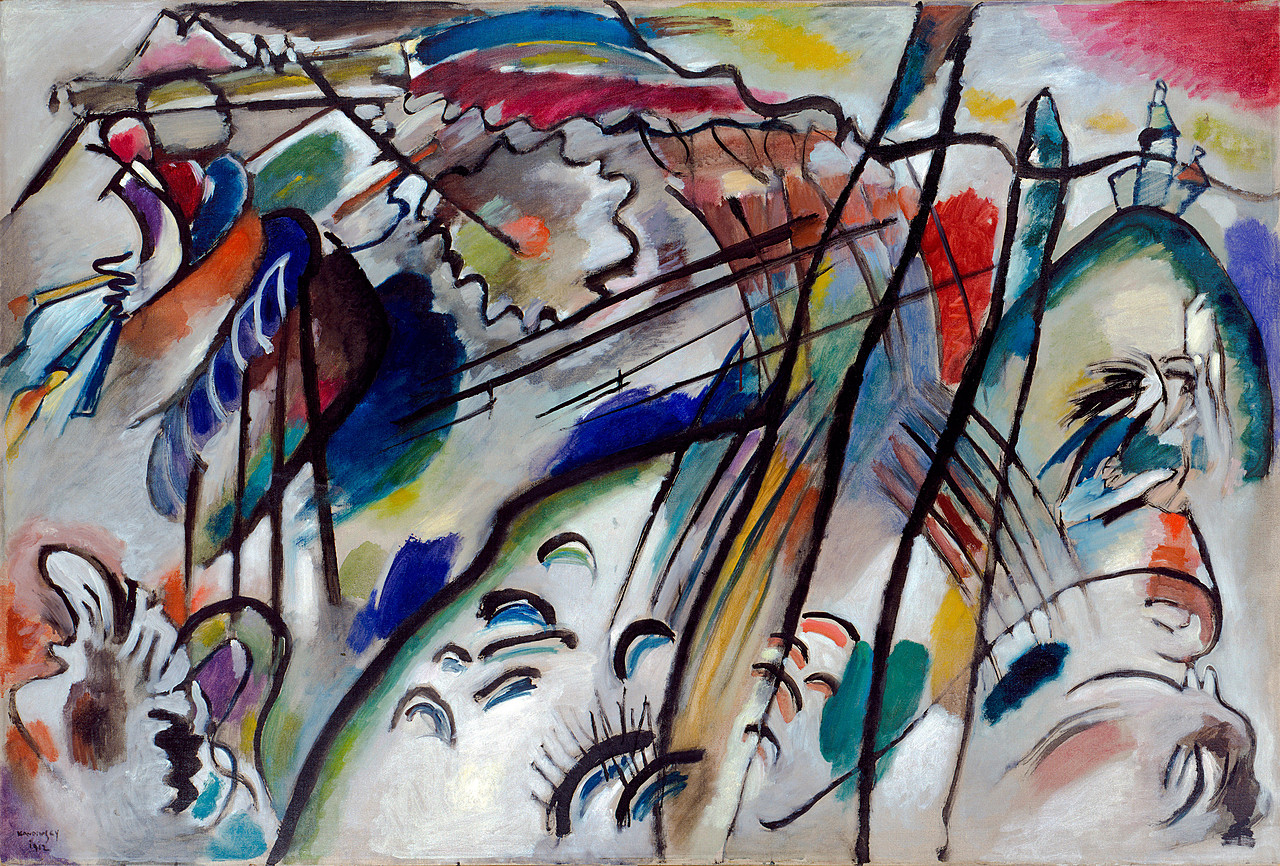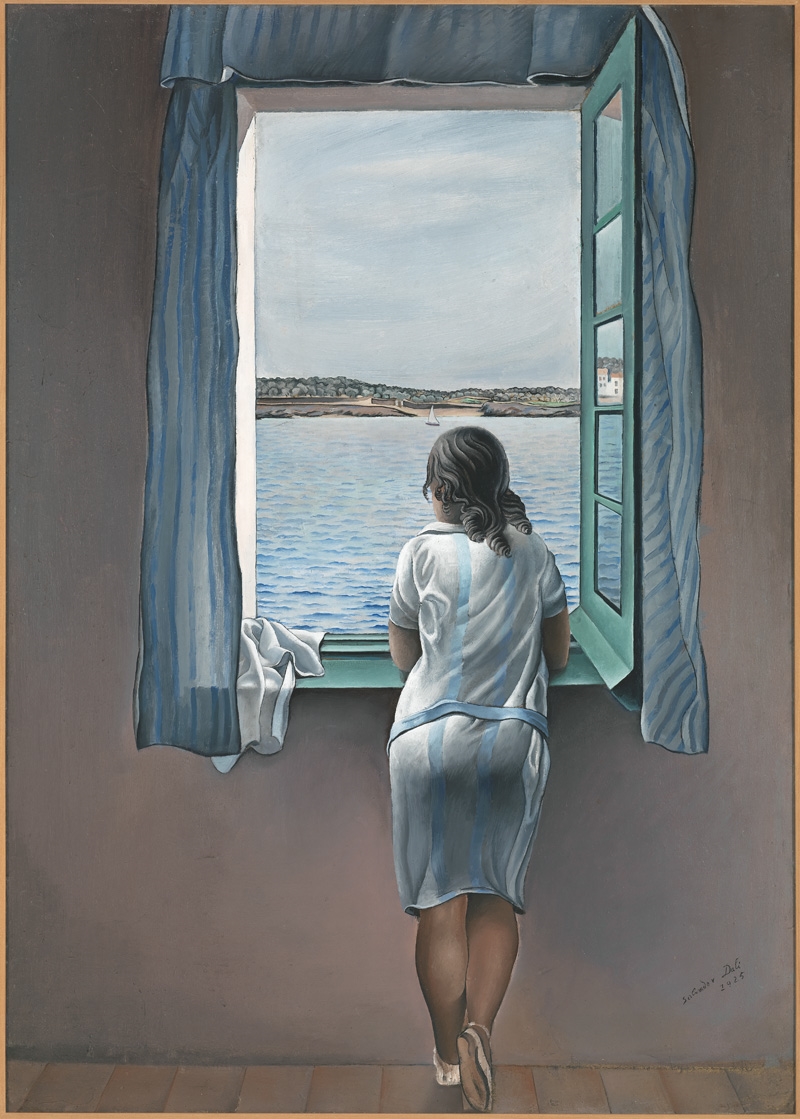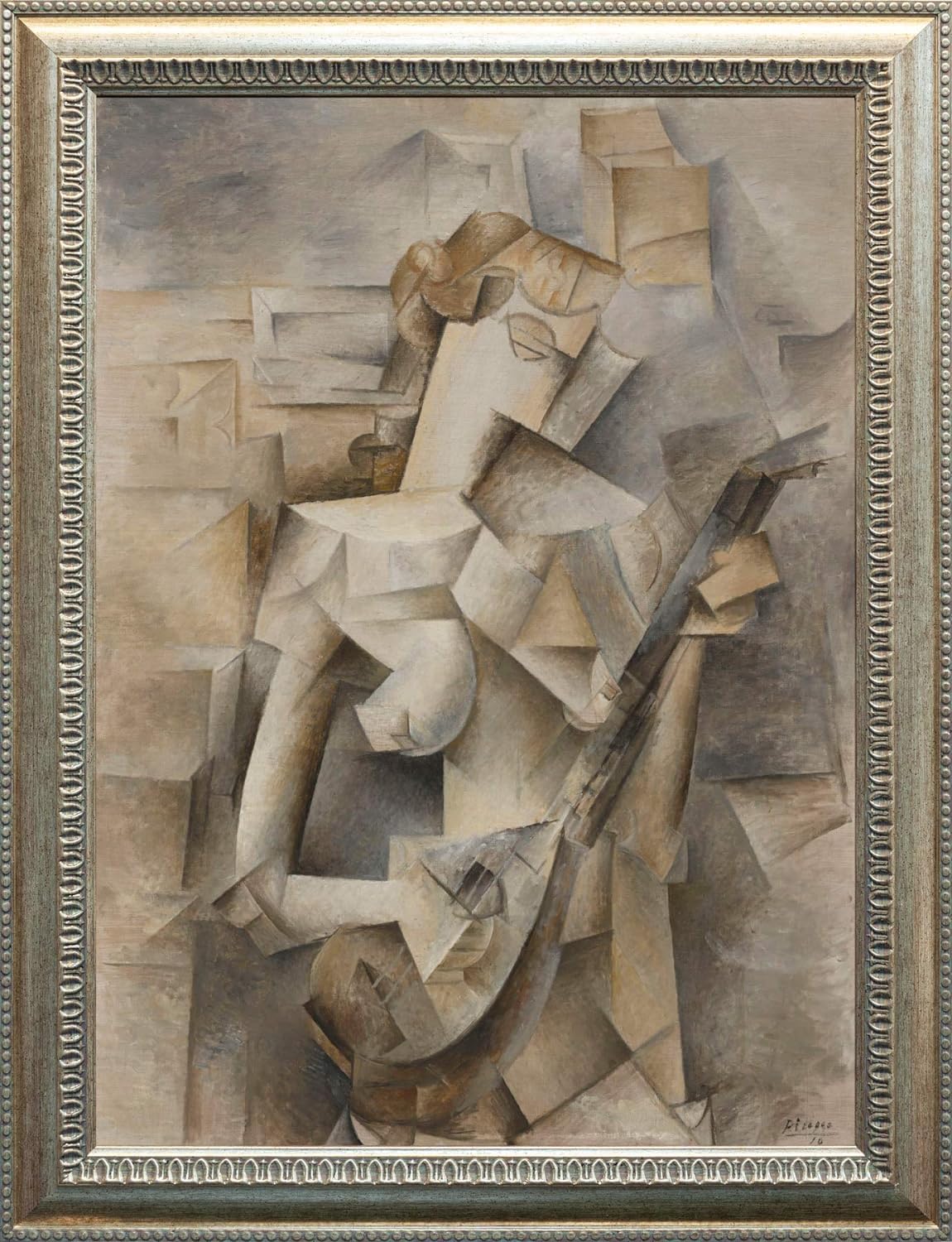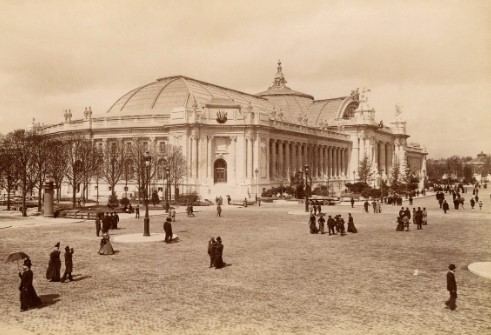
At the heart of the 1905 Paris Salon d’Automne, Henri Matisse presented his masterpiece, «Woman in a Hat» (Femme au chapeau), sparking the controversy that gave birth to the modern art movement of the 20th century: Fauvism, the term meaning «Wild Beast», became forever associated with artists who defied convention with vibrantly coloured canvases, set in the famous «Central Cage» of the Grand Palais. Fauvism was to become the foremost art movement of the 20th century.
Tabla de contenidos
- The Inspiration Behind Woman With a Hat
- Description of Woman With a Hat by Henri Matisse
- The symbolic and psychological meaning of «Woman With a Hat».
- Woman With a Hat’s Journey Through Generations
- The Legacy of Femme au Chapeau
The Inspiration Behind Woman With a Hat
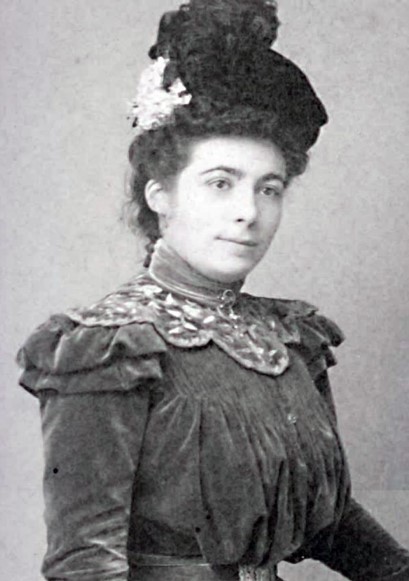
Henri Matisse found in his wife, Amélie Noellie Matisse (pictured left), the perfect muse for his masterpiece «Woman With a Hat». Inspired by Amélie’s elegance and sophistication, Matisse captured not only her physical image, but also the essence of her personality. The portrait reflects the deep connection between the artist and his muse, revealing through vibrant colours and bold brushstrokes, the passion and complexity of the woman who posed for him.
Amélie Noellie Matisse embodied not only the external beauty in the work, but also the inner meaning and emotional expression that characterise Matisse’s revolutionary artistic perspective in Fauvism.
According to historians, Henri Matisse was asked the following question: What colour dress was Amélie Noellie wearing while posing for the portrait?
He replied ironically:
«¡Black, of course! «
Description of Woman With a Hat by Henri Matisse
The half-length depiction emphasises attention to Amélie’s clothing and pose. Her attire, characterised by a gloved arm, a fan and an elaborate hat, reflects classical attributes associated with the French bourgeoisie of the period.
These traditional elements suggest a connection to fashion and socially accepted elegance. However, the mention that the vibrant tones of his costume are «purely expressive» highlights an intriguing contrast. Although the clothing follows certain bourgeois canons, the bright colours break with fidelity to reality and serve as a vehicle for Matisse’s emotional and artistic expression.
Title: Femme au chapeau
Year: 1905
Medium: Oil on canvas
Artist: Henri Matisse
Movement: Fauvism
Location: San Francisco Museum of Modern Art
Dimensions: 80.65 cm × 59.69 cm
Buy a reproduction:

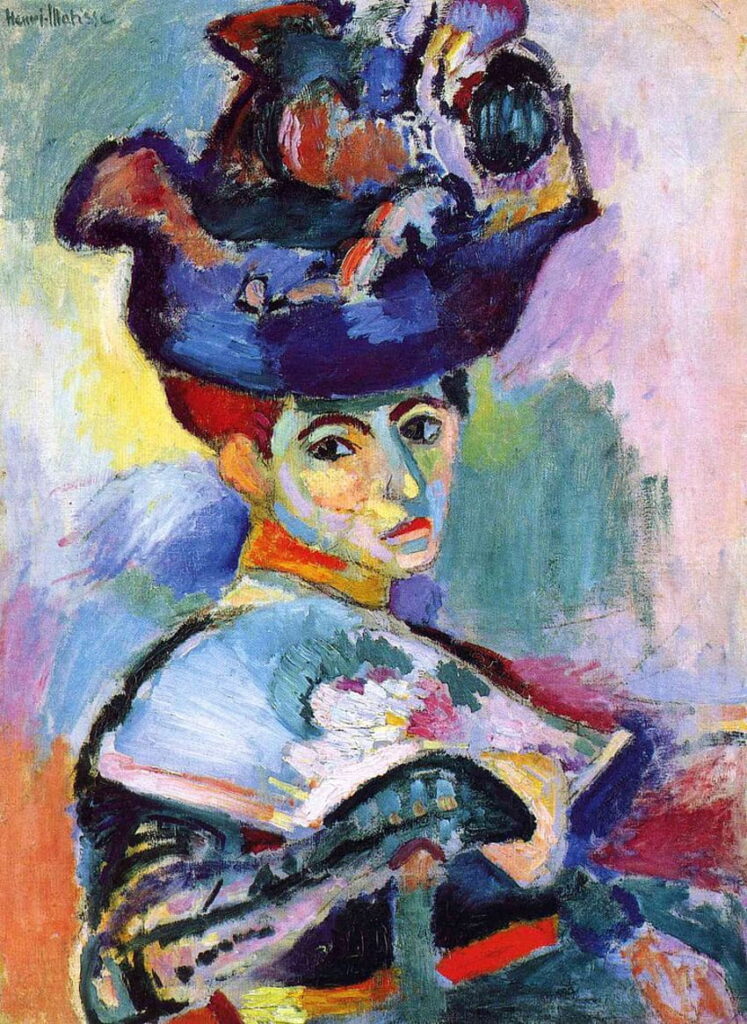
The symbolic and psychological meaning of «Woman With a Hat».
It is understood as an emotional and psychological exploration, where each colour plays a symbolic role in the representation of his wife. The chromatic palette used by Matisse instils different emotions: Red-orange embodies passion, yellow resonates with joy, green suggests jealousy, and blue brings a subtle sadness or melancholy. The inclusion of pink is associated with childhood according to ancient Roman beliefs, adding a layer of complexity and mystery.
Between Public Innocence and Revealed Intimacy
The distribution of these colours on the face and neck, contrasting with the predominantly white attire, suggests a duality between the public appearance, where the woman appears innocent, and her private reality, revealing an intimate depth that only Matisse could appreciate. This unique interpretation underlines how the work is understood through the artist’s subjective perspective, inviting viewers to immerse themselves in the emotional complexity of the figure portrayed.
The Power of Colour and Controversy
As photography gained ground in popularity, the faithful depiction of real objects ceased to be the primary goal for painters, who began to look for inspiration in inner emotional corners. The use of vibrant colours and loose brushstrokes, which gave the work an almost unfinished appearance, essentially marked the artist’s transition to an expressive, individual style. Colour was now fully employed, exploring all its material and emotional qualities. This shift revealed a more emotional and subjective approach to art, freeing it from mere objective representation to explore the sensory and emotional impact in «Woman With a Hat».
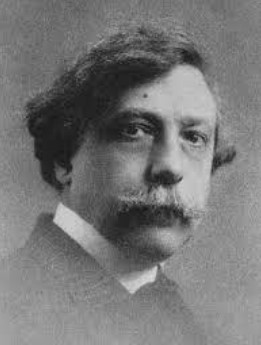
Matisse’s boldness with non-naturalistic colours and loose brushstrokes generated controversy at a time when finished perfection was preferred.
Camille Mauclair (Photo left) French writer and poet, expressed his opinion of the painting as follows: «It’s as if a bucket of paint had been thrown directly into the public’s face».
Woman With a Hat’s Journey Through Generations
The Stein family, consisting of Michael, Sarah, Leo and Gertrude, acquired Woman With a Hat shortly after its first exhibition. Despite Leo’s initial critical perception, describing it as «The most unpleasant painting he had ever seen,» the Steins recognised the importance of the work and established a lasting support for Henri Matisse.
From Paris to San Francisco
Sarah and Michael Stein subsequently moved the painting to San Francisco, where it was purchased by the Haas family in the 1950s. In a remarkable gesture of artistic appreciation, Elise S. Haas bequeathed to the San Francisco Museum a group of pieces, including paintings, sculptures and works on paper by modernist masters, most notably Woman With a Hat.
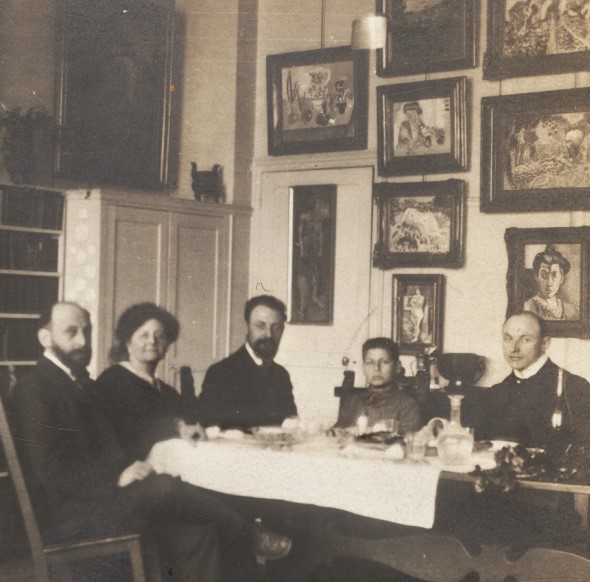
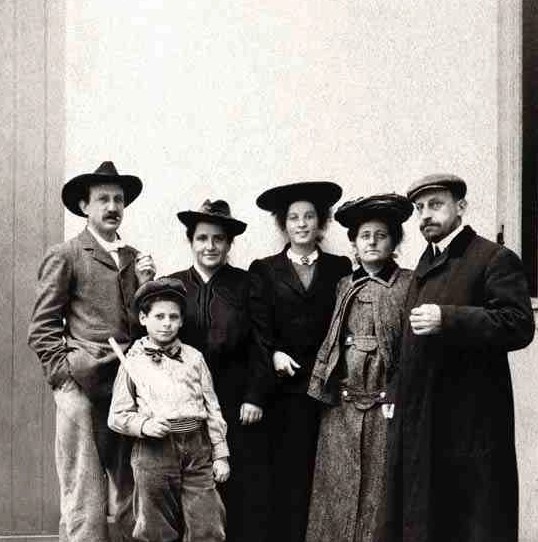
The Legacy of Femme au Chapeau
«Woman With a Hat», emerges as a crucial piece in both Henri Matisse’s career and the evolution of the Fauvist movement. Challenging the conventions of traditional portraiture, the work is notable for its bold colour choices and an expressive technique that redefines the boundaries of representation.
Beyond the objective
This painting is an eloquent testimony to the transformative power of colour and emotion in art, underlining the capacity of the chromatic palette and artistic expressiveness to convey meanings beyond objective reality. Furthermore, «Woman With a Hat» reiterates the importance of innovation and boldness in the artistic realm, highlighting that breaking with established norms can lead to the creation of masterpieces that challenge and enrich the artistic experience.
Other works by the Artist:

